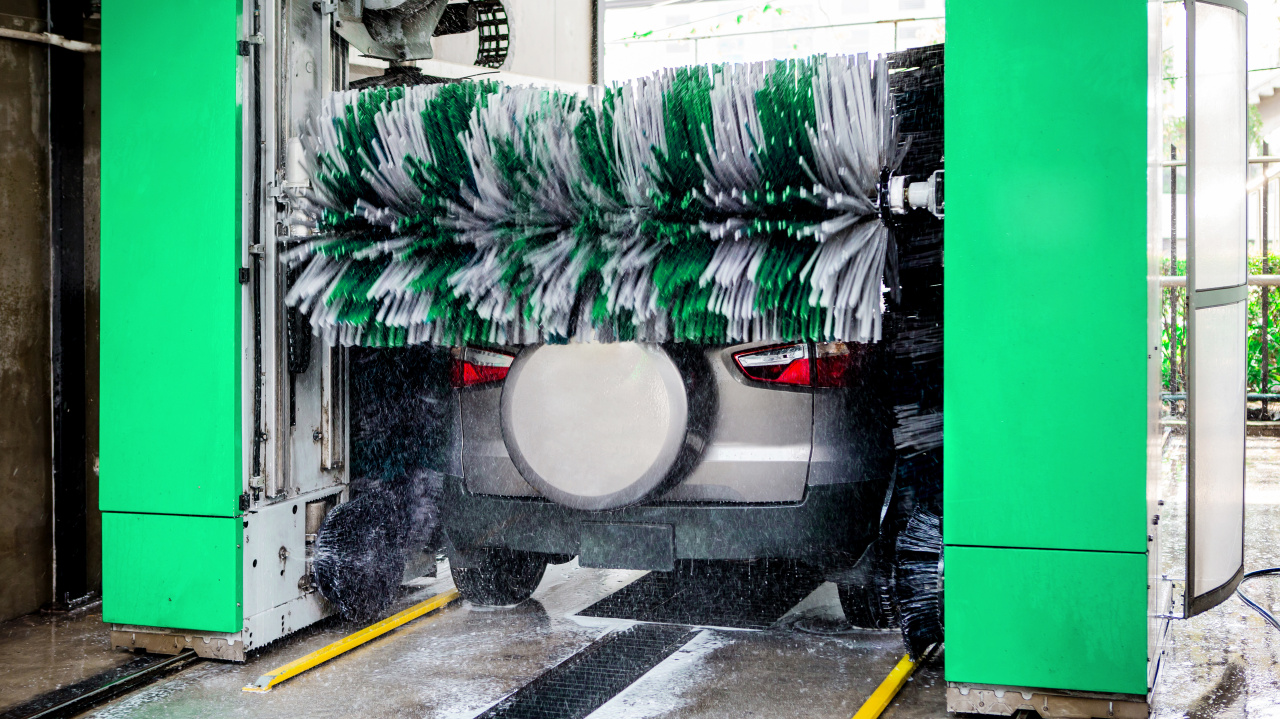Pay-per Use Equipment Finance, in the dynamic landscape for manufacturing finance is emerging as a disruptive force that reshapes traditional models, and provides businesses with unimaginable flexibility. Linxfour is at the forefront of this new trend, uses Industrial IoT to bring a new way of financing that will benefit both manufacturers and operators of equipment. We examine the intricacies behind Pay Per Use financing and its impact on sales under challenging conditions.
The Benefits of Pay-per-Use Financing
At its core, Pay per Use financing for manufacturing equipment is a game-changer. Companies are no longer paying rigid fixed amounts instead, paying depending on how the equipment is actually employed. Linxfour’s Industrial IoT Integration ensures accurate tracking, transparency and eliminates fees or hidden costs when the equipment is not being used. This revolutionary approach improves the flexibility of cash flow management especially during times that see fluctuating demand from customers and low revenue.
The impact on sales and business Conditions
The overwhelming consensus among equipment makers is testimony to the possibilities of Pay Per Use financing. Even in difficult business conditions 94% of equipment makers think this method will help boost sales. This ability to directly match costs with the amount of equipment used will not only draw attention to businesses looking to optimize their spending, but also creates a enticing environment for manufacturers that can offer more attractive financing options for their customers.
Moving from CAPEX to OPEX: Transformation of Accounting
Accounting is one of the major distinctions between traditional leasing as well as pay-per-use finance. With Pay per Use, organizations undergo a profound transformation by shifting from capital expenditures (CAPEX) to operating costs (OPEX). This has a huge impact on the financial reporting. It provides a more accurate representation of the expenses associated with revenue.
Unlocking Off-Balance Sheet Treatment under IFRS16
Pay-per-Use finance has an distinct advantage, as it is considered to be off balance sheet. This is an essential factor to take into account when developing the International Financial Reporting Standard 16 IFRS16. Since it transforms the equipment financing expenses into liabilities, businesses are able to keep the cost off their balance sheet. This does not only decrease financial leverage but also minimizes hurdles to investment and makes it an appealing option for businesses looking to create a more agile financial structure.
Enhancing KPIs in the event of Under-Use
Pay-per-Use models, in addition to being off balance sheet, are also a great way to improve critical performance metrics (KPIs) for example, cash flow-free as well as Total Cost Ownership (TCO) particularly when under-utilized. Traditional leasing models often pose difficulties when equipment does not meet the anticipated utilization rates. Pay-per-Use lets businesses avoid the obligation of paying fixed fees for assets that aren’t being used. This can improve their overall performance and financial results.
The Future of Manufacturing Finance
Innovative financing options like Pay-per Use are helping companies navigate an economy that is rapidly evolving. They also pave the way for a future more flexible and resilient. Linxfour’s Industrial IoT driven approach is not only beneficial for equipment operators and manufactures as well, but it also fits with the general trend of companies are looking for more flexible and sustainable financial solutions.
In the end, Pay-per-Use as well as the accounting change to CAPEX (capital expenditure) to OPEX (operating expenses) as well as the off-balance sheet method of IFRS16 are a major development in manufacturing financing. Companies are aiming for cost-efficiency as well as financial agility. Adopting this new financing model is a necessity to keep up with the times.

